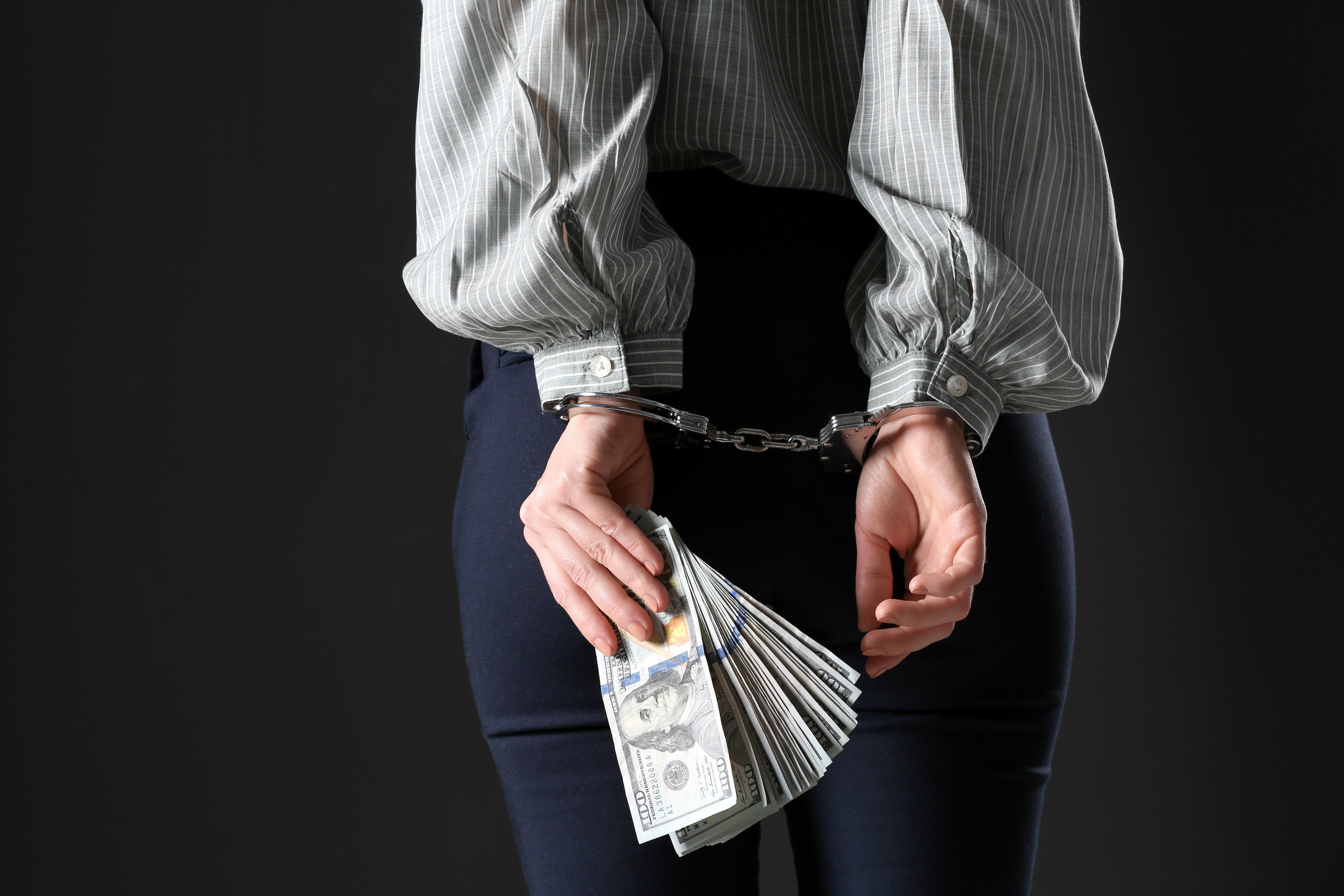
Charities are supposed to be about hope, generosity, and making the world a little brighter—but scammers have crashed the party. Over the last ten years, reports of charity fraud have more than doubled, leaving both donors and legitimate nonprofits scrambling to deal with the fallout. What once seemed like the safe space of giving has become fertile ground for con artists.
Fraudsters now hide behind fake causes, hijacked websites, and heart-tugging campaigns designed to empty wallets. The question is: why has this problem exploded so fast?
The Internet: A Scammer’s Playground
The internet made giving easier than ever, but it also gave fraudsters their biggest megaphone. With a polished website and a PayPal link, anyone can masquerade as a do-gooder. Social media algorithms reward emotional stories, which scammers twist into cash-grabs. Fake donation pages spread faster than wildfire, especially during disasters when people want to help quickly. As online giving grew, so did the opportunities for fraud.
Disaster Relief Scams Skyrocketed
Nothing sparks generosity like a crisis, and scammers know it. When hurricanes, wildfires, or pandemics hit, fraudulent charities pop up overnight to siphon off donations. These fake campaigns use stolen photos and fabricated testimonials to tug at heartstrings. Donors feel urgency to act, often skipping due diligence in the heat of the moment. The surge in natural disasters over the last decade has created wave after wave of fraud opportunities.
The Rise of Crowdfunding Complications
Crowdfunding was meant to democratize giving, but it also muddied the waters. Anyone can start a campaign with minimal oversight, and not all of them are honest. Some people exaggerate stories, while others invent emergencies entirely. Platforms try to weed out fraud, but the sheer volume of campaigns makes it impossible to catch everything. The result: scams thrive in the gray areas of personal fundraising.
Weak Oversight and Loopholes
Regulation hasn’t kept pace with innovation, and that gap is a fraudster’s best friend. Many states lack strict rules for registering or monitoring charities, leaving donors vulnerable. Cross-border giving complicates enforcement even further, since scams often operate internationally. Technology outpaces watchdogs, making it easier for criminals to slip through cracks. Until oversight catches up, scammers will keep exploiting loopholes.
The Emotional Appeal Factor
Charity is about the heart, and scammers exploit that vulnerability. They craft stories designed to bypass logic and trigger instant generosity. Photos of suffering children, heartbreaking illnesses, or heroic rescue animals are tailor-made to tug at emotions. Once emotions take over, skepticism often fades. Fraudsters thrive in those moments when compassion outruns caution.
The Pandemic Effect
The COVID-19 pandemic brought an avalanche of charitable campaigns, and fraudsters rode the wave. Fake charities claimed to fund PPE, vaccine access, or aid for struggling families. Fear and urgency made people more likely to give without checking credentials. Scammers even posed as well-known organizations to gain trust. The chaos of the pandemic gave them a golden window of opportunity.
Data Breaches and Identity Theft
Fraudsters don’t just invent fake charities; they also hijack real ones. Data breaches exposed donor lists, making it easier for scammers to pose as legitimate nonprofits. Emails that looked authentic tricked people into giving to fraudulent accounts. Even reputable charities saw their reputations dented by these impersonations. The blending of real and fake blurred the line for donors.

Donor Fatigue and Scam Blind Spots
With so many causes asking for support, donors are overwhelmed, and that fatigue makes them less cautious. People want to give quickly and move on, not spend time verifying details. Scammers thrive on that fatigue, slipping in unnoticed among the noise. The sheer volume of appeals means it’s harder to tell the good from the bad. Donor overload has created a perfect storm for fraud.
The Role of Global Connectivity
Charity used to feel local, but global connectivity changed the game. Now, donations can flow to any corner of the world with a single click. That same ease allows international fraudsters to target donors far beyond their borders. Law enforcement struggles to chase scams that cross jurisdictions. The global reach of giving has opened doors for global-scale fraud.
Technology That Outpaces Trust
Scammers are now using advanced tech to mimic legitimacy at an alarming level. Deepfake videos, AI-generated content, and cloned websites make fake charities look real. Fraud detection tools exist, but fraudsters adapt faster. The gap between tech innovation and donor awareness keeps widening. As long as the tools to deceive keep evolving, fraud cases will continue climbing.
The Celebrity Endorsement Trap
Fraudsters know the power of star power and often fake celebrity endorsements. People see a famous face linked to a cause and assume it’s safe. Fake endorsements spread quickly across social media, giving scams a veneer of legitimacy. Celebrities themselves sometimes get tricked into amplifying fraud unknowingly. The mix of fame and philanthropy has become another weapon in the scammer’s toolkit.
Stopping the Spiral
Charity fraud cases have doubled because scammers are creative, tech-savvy, and ruthless in exploiting human generosity. From global crises to social media algorithms, every change in how people give has been hijacked for profit. Donors need sharper tools, regulators need stronger oversight, and charities need better protections. Fraud isn’t slowing down—it’s evolving faster than ever.
What do you think: is it time for tougher crackdowns, or is the real solution smarter giving habits? Share your thoughts in the comments.
You May Also Like…
- How Certain Charities Mask Overhead Costs in Donor Reports
- 6 Fraudulent Charities That Collected Millions Before Being Exposed
- How States Are Using AI to Scan Wills for Fraud
- 10 Greedy Behaviors That Sparked Financial Fraud Cases
- What Happens When Charities Partner With For-Profit Companies
The post Why Charity Fraud Cases Have Doubled in the Last Decade appeared first on Everybody Loves Your Money.







